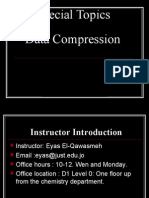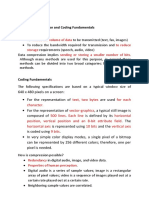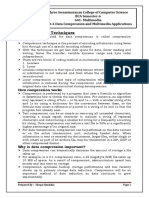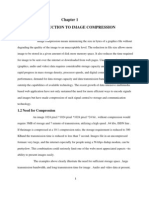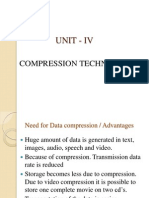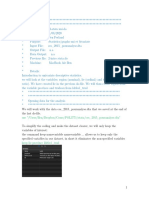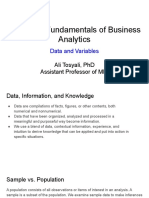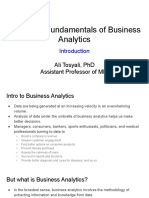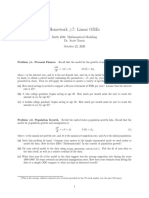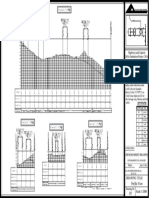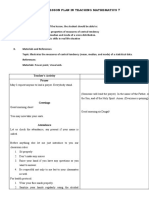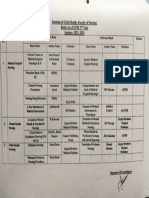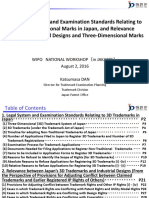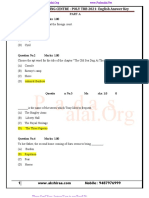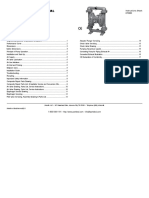0% found this document useful (0 votes)
157 views41 pagesData Compression Techniques Guide
This document discusses data compression techniques for multimedia. It begins by outlining the motivation for compression due to the large storage and bandwidth requirements of audio and video. It then describes different compression types including lossy vs lossless and various techniques like entropy encoding, source coding, and hybrid coding. Specific entropy encoding techniques like Run Length Encoding and Huffman coding are also mentioned.
Uploaded by
Joshua chirchirCopyright
© © All Rights Reserved
We take content rights seriously. If you suspect this is your content, claim it here.
Available Formats
Download as PDF, TXT or read online on Scribd
0% found this document useful (0 votes)
157 views41 pagesData Compression Techniques Guide
This document discusses data compression techniques for multimedia. It begins by outlining the motivation for compression due to the large storage and bandwidth requirements of audio and video. It then describes different compression types including lossy vs lossless and various techniques like entropy encoding, source coding, and hybrid coding. Specific entropy encoding techniques like Run Length Encoding and Huffman coding are also mentioned.
Uploaded by
Joshua chirchirCopyright
© © All Rights Reserved
We take content rights seriously. If you suspect this is your content, claim it here.
Available Formats
Download as PDF, TXT or read online on Scribd
/ 41


